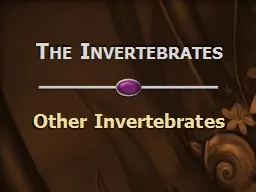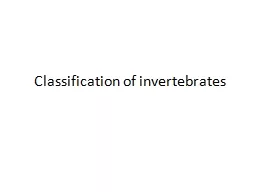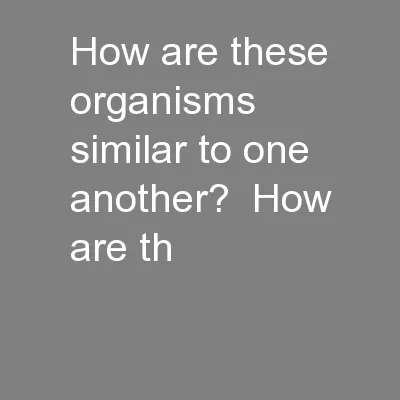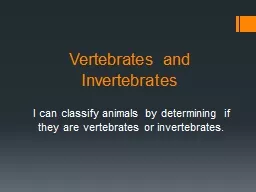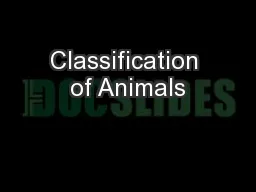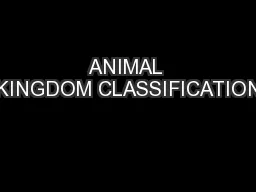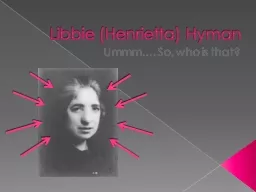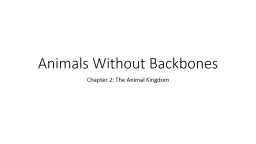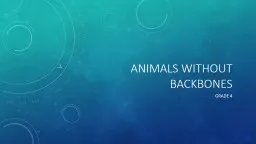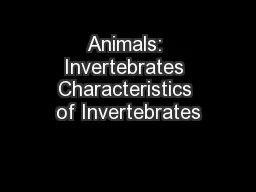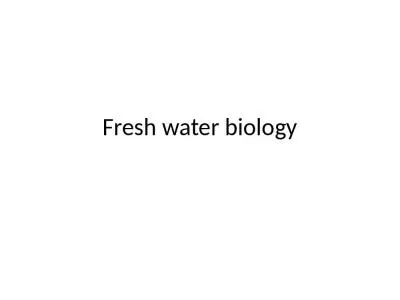PPT-The Invertebrates Other Invertebrates
Author : alida-meadow | Published Date : 2018-11-01
Phylum Mollusca clams snails octopuses second largest phylum of animals General Characteristics locomotion by muscular foot body covering of ciliated epithelium
Presentation Embed Code
Download Presentation
Download Presentation The PPT/PDF document "The Invertebrates Other Invertebrates" is the property of its rightful owner. Permission is granted to download and print the materials on this website for personal, non-commercial use only, and to display it on your personal computer provided you do not modify the materials and that you retain all copyright notices contained in the materials. By downloading content from our website, you accept the terms of this agreement.
The Invertebrates Other Invertebrates: Transcript
Download Rules Of Document
"The Invertebrates Other Invertebrates"The content belongs to its owner. You may download and print it for personal use, without modification, and keep all copyright notices. By downloading, you agree to these terms.
Related Documents

